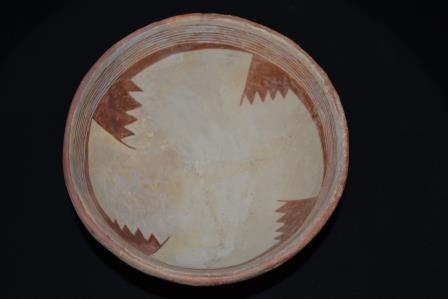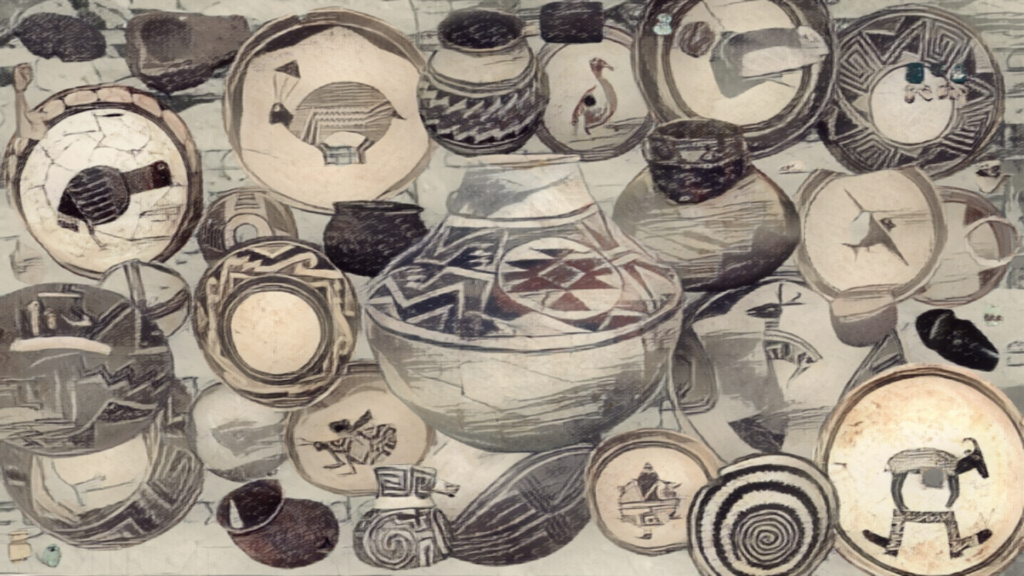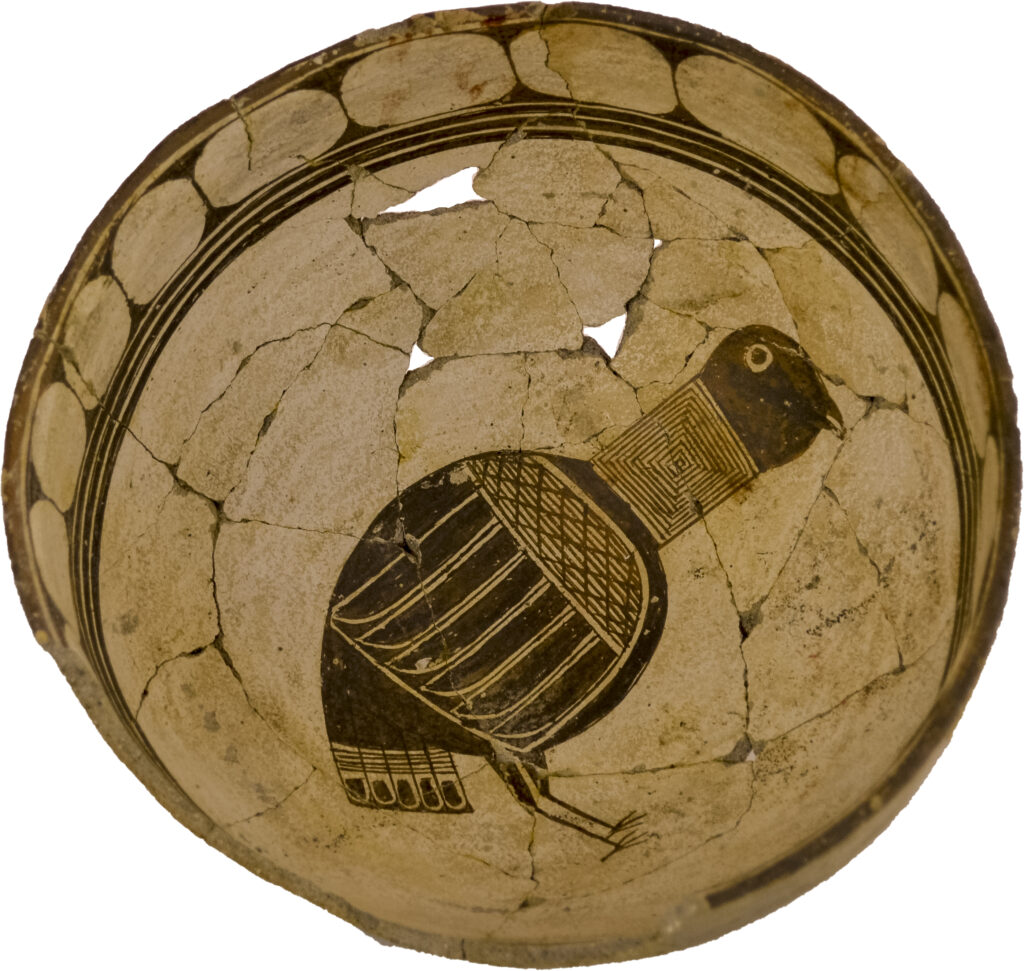Marc Geyer | @geyerma | August 18, 2023 1:00PM
In the ancient Mimbres Valley of southwestern New Mexico, pottery-making was a revered and essential craft that played a significant role in the daily life and cultural expression of the Mimbres people. Creating pottery was a skill passed down through generations, with techniques and knowledge refined over centuries. The process involved gathering natural materials, shaping the clay, decorating the vessels, and firing them to transform raw clay into durable and beautiful pottery. This paper will explore the traditional process of ancient pottery-making in the Mimbres Valley.
Clay Collection:
- The first step in pottery-making was gathering suitable clay from the local riverbanks or nearby deposits. Mimbres potters sought clay with specific properties, such as fine texture and minimal impurities, to ensure the quality and workability of the clay.
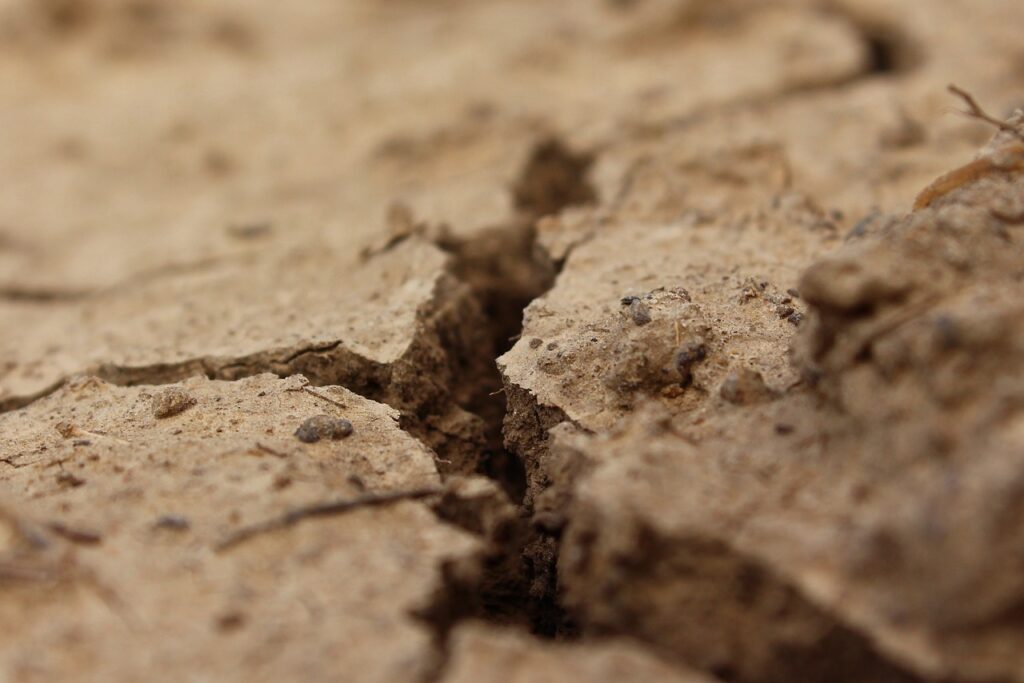
Clay Preparation:
- Once the clay was collected, it was left to dry in the sun to achieve the desired consistency. Potters would then crush and grind the dry clay into a fine powder using stone tools or manos and metates, which were flat grinding stones.
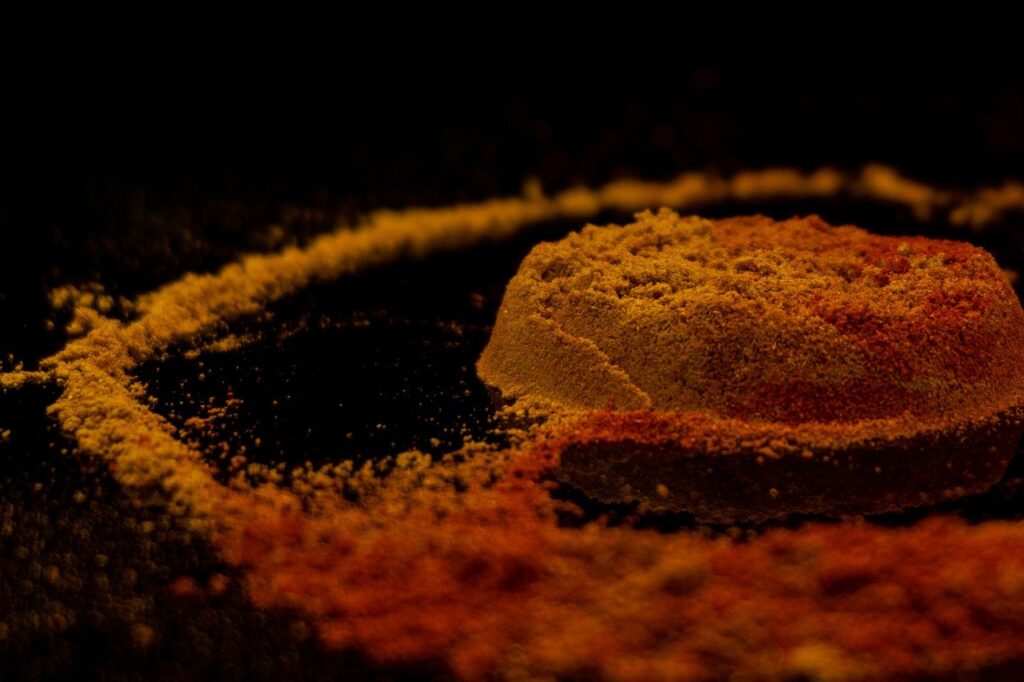
Clay Mixing:
- The powdered clay was mixed with water to create a workable clay paste. This process involved careful observation and expertise, as the right amount of water was crucial to achieve the desired consistency for shaping the pottery.
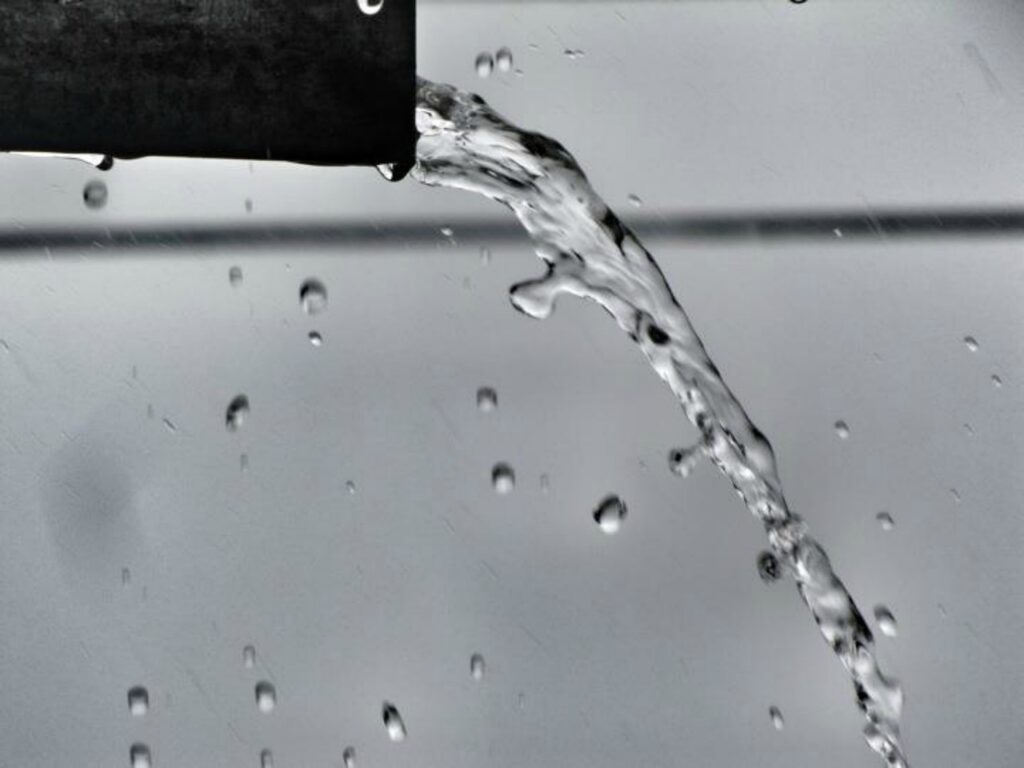
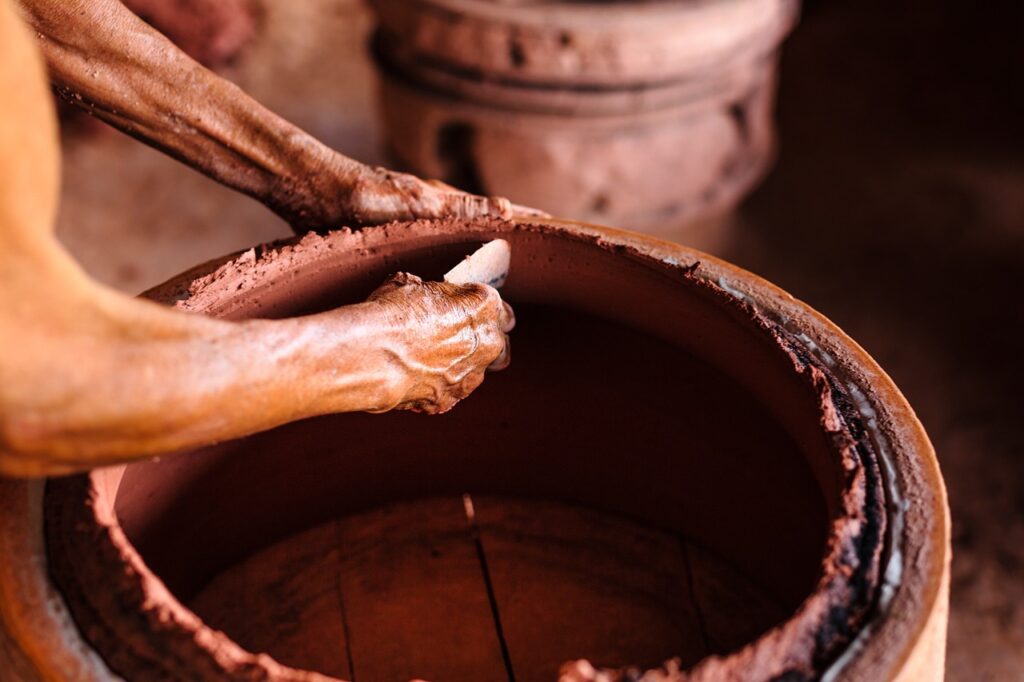
Coiling Technique:
- The Mimbres potters used the coiling technique, where long coils or ropes of clay were rolled out and stacked on top of one another to form the walls of the vessel. The coils were then smoothed and blended together using fingers or smoothing tools, ensuring a seamless and sturdy construction.
Shaping and Forming:
- With the base and walls formed, potters used various tools, such as paddles, gourds, or wooden ribs, to shape and refine the vessel’s form. The thickness and symmetry of the walls were carefully adjusted to achieve the desired shape and stability.
Decorative Elements:
- Decorating pottery was an integral part of Mimbres pottery-making. The Mimbres people were renowned for their intricate and artistic designs, often depicting scenes from nature, animals, and mythical figures. These designs were incised or painted onto the surface of the vessel using natural pigments and brushes made from plant fibers or animal hair.
Drying:
- Once the pottery was shaped, decorated, and polished, it was left to dry in the sun. Drying was a crucial step to avoid cracking during firing.
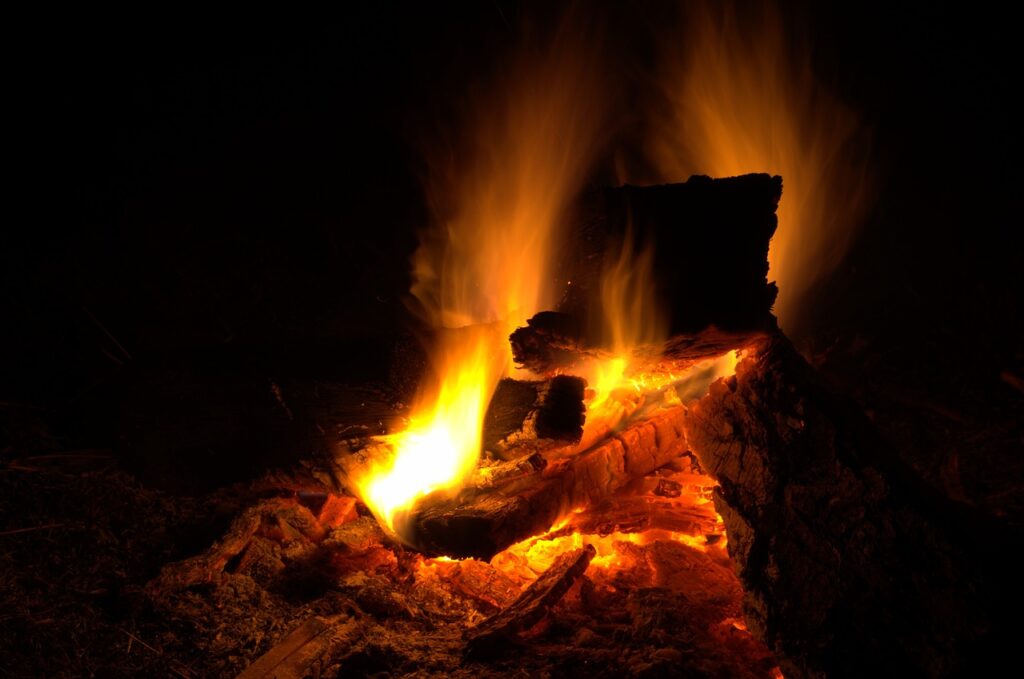
Firing:
- The final step in pottery-making was firing the vessels to harden and transform the clay into ceramic. The Mimbres people used open firing techniques, where the pottery was placed on a bonfire or in shallow pits, and fuel like wood, dried plants, or animal dung was used to create intense heat. The firing process was a delicate balance, as potters needed to control the temperature and duration to prevent overfiring or underfiring.
The ancient pottery of the Mimbres Valley was not only functional but also served as a canvas for artistic expression and cultural storytelling. The artistry and skill of Mimbres potters are evident in the surviving examples of Mimbres pottery, which continue to captivate modern audiences with their beauty and significance. The ancient tradition of pottery-making in the Mimbres Valley is a testament to the ingenuity and creativity of the Mimbres people, preserving their cultural heritage through the timeless art of clay.

